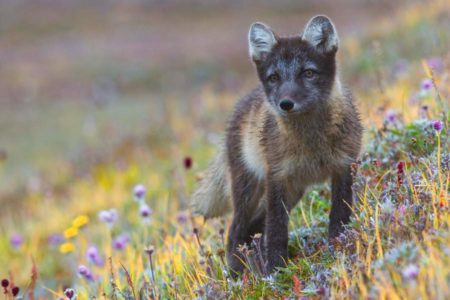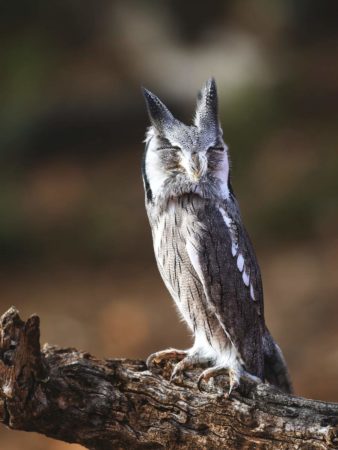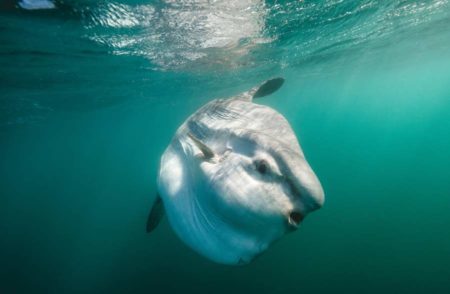Extreme animal transformations
Resolving to change for the new year is easier said than done, but these animals are able to undergo the most shocking transformations
Everything an animal does is with the aim of making survival more likely. When it’s a matter of life and death, there are no lengths to which an animal won’t go.
Arctic foxes turn brown in the summer

The flawless white fluff that these foxes rely on in the winter becomes hazardous when the matching snow is gone. Brown soil and dark volcanic sand in the Arctic fox’s native range aren’t the ideal backdrop, so the animal grows an entirely new coat of fur. Their summer hair is only half as thick but provides fantastic camouflage in the absence of ice, while their winter fur can provide over 50 per cent more insulation than that of animals that don’t develop winter pelts.
Molting takes up to one month, and researchers think the change is sparked by the temperature. The length of available daylight may be another trigger. The Sun’s path at the north poles creates extreme variations in light availability, and fox fur may be receptive to the contrast.
Scops owls look skinny to evade predators

A scops owl weighs slightly less than a billiard ball, but it can display its wings in such a way that is appears much larger. It can also go incognito by shrinking down to mimic a tree branch. The three states of small, medium and large each have a specific function. The middle stage is a relaxed state that the owl uses when calling and hunting. Puffing up might alarm a predator of a similar size to the owl itself, causing it to run away. But if a large carnivore approaches, it’s best to breathe in and stay still.
Also known as white-faced owls, these birds can be found throughout Europe, Africa and Asia. Like almost all other owls, they are nocturnal and feed on small animals like shrews and mice. With an amazing array of jungle prey available, the scops owl lives among a great number of deadly predators. Snakes, birds of prey and even larger owls are all known to target scops owls, but their shape-shifting ability keeps the hunters on their toes, often enabling the scops owl to avoid getting eaten.
Oceanic sunfish suddenly get ripped

The biggest bony fish in the sea spend most of their lives as specks of plankton. Adult fish release up to 300 million eggs into the open ocean. They are fertilised externally, and creating such a large number increases the chances of at least a few reaching adulthood. Fertilised eggs develop into tiny fry armed with pointed spines. The fish remain very small for a significant portion of their lives before undergoing a phenomenal growth spurt.
The growth rate of sunfish hasn’t been pinpointed yet, but captive specimens have been documented to experience extreme growth over short periods. A sunfish at Monterey Bay aquarium in the US gained 373 kilograms (822.3 pounds) in 15 months. In the journey to adulthood, sunfish can grow to 60 million times their initial size.
These extraordinary fish use their size as a method of survival at both ends of the spectrum. At first, they are small enough to stay off the radar of large predators, then once they reach the full size of around three metres (9.8 feet), very few predators are large enough to target the sunfish. Rapid growth in between keeps the vulnerable fish safe from predators during its transition.
This article was originally published in World of Animals issue 55, written by Amy Grisdale
For more science and technology articles, pick up the latest copy of How It Works from all good retailers or from our website now. If you have a tablet or smartphone, you can also download the digital version onto your iOS or Android device. To make sure you never miss an issue of How It Works magazine, subscribe today!




